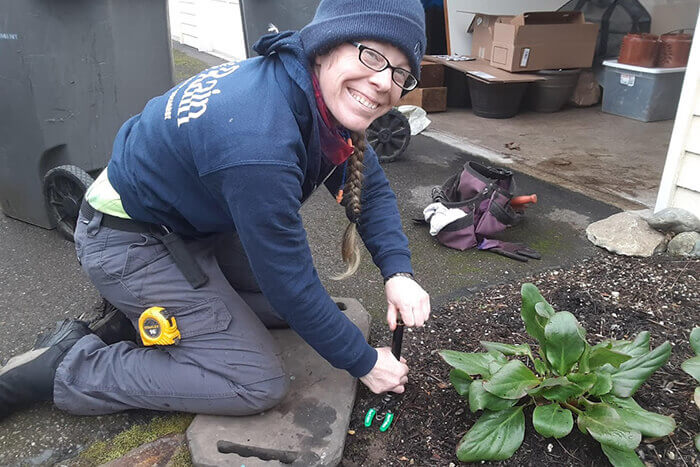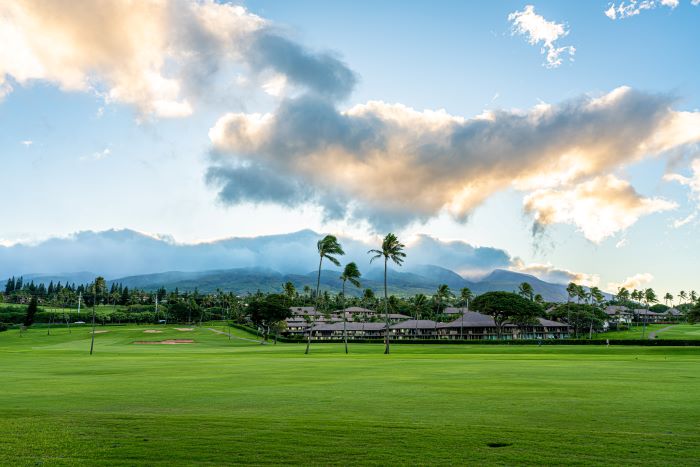As Western U.S. states have been struggling with continuous drought threats, many have instituted water pressure regulation for sprinklers. Currently, Vermont; California; Colorado; Hawaii; Maine; Massachusetts; Washington and Washington, D.C., all have pressure regulation requirements. Additional states including Rhode Island, Oregon and Maine are set to join this list in 2023.
While water conservation efforts can be helpful in almost any setting, some landscape irrigation contractors are feeling constrained by the new legislation.
Washington perspective
To Nick Millward, CIC, CID, CIT, CLIA, CLWM, an installation manager at City Rain Inc., Seattle, Washington, the sudden pressure regulation left him with whiplash.
In Washington, spray sprinklers made on or after Jan. 1, 2021, are required to include an integral pressure regulator and meet the criteria of the EPA WaterSense Specification for Spray Sprinkler Bodies, Version 1.0, according to Washington’s Second Substitute House Bill 1444.
“It kind of was a surprise to me,” Millward says. “… I can see what the aim of it is for, but nobody consulted any of us about it.”
Blindsided, Millward says he and his team had to stock up on the old, regular spray heads to make sure they had some that were compatible with what they had in their customer base.
Millward refers to the legislation as being “a heavy-handed approach to just enforce one kind of spray head” without taking into account the area, its elevation and natural water pressure. He uses Seattle as an example, where, because of the city’s hilly topography, static pressure ranges. One highly elevated area next to a water tower will have very low pressure while a lower elevated area closer to a lake will have very high pressure.
Prior to the PRS legislation, Millward used pressure-regulating reducer valves at each point of connection to adjust the pressure for every topographical situation. He says he never had a need for pressure-regulating spring heads, unless it was a rare occasion where a pressure regulated body wasn’t installed in the first place.
He explains that with the pressure-regulated sprinkler heads as his only option, they can be redundant in places where he already regulated the pressure or a hindrance in situations where there isn’t much pressure to work with in the first place.
“If you know what you’re doing, you put in the right pressure regulator at the beginning of the system and you adjust it accordingly,” he says.
He also adds that pressure regulating sprinkler heads can “add an element of friction loss that’s unwelcome and inconvenient.”
“It handcuffs me a little bit, because I feel like I can’t make the choices,” Millward says. “My goal is to make an efficient system no matter what.”
Millward would like to see a different form of water conservation legislation take place — one that also targets backflow prevention, which he says is “another pertinent issue to legislation that’s not really heavily enforced depending on which municipality.”
He believes the fight for water efficiency should extend beyond pressure and be targeted at the source: those who design and install irrigation systems.
His suggestion is to have irrigation landscape professionals take classes in order to know how to design correctly and install sprinkler system components so that pressure isn’t wasting water.
“If we’re dealing with water and the professionals that interact with it, plumbers are heavily licensed, I don’t know why sprinkler people aren’t either,” Millward says.
Read more about other states introducing PRS legislation.
McKenna Corson is the digital content editor for Irrigation & Lighting and can be reached at mckennacorson@irrigation.org.





